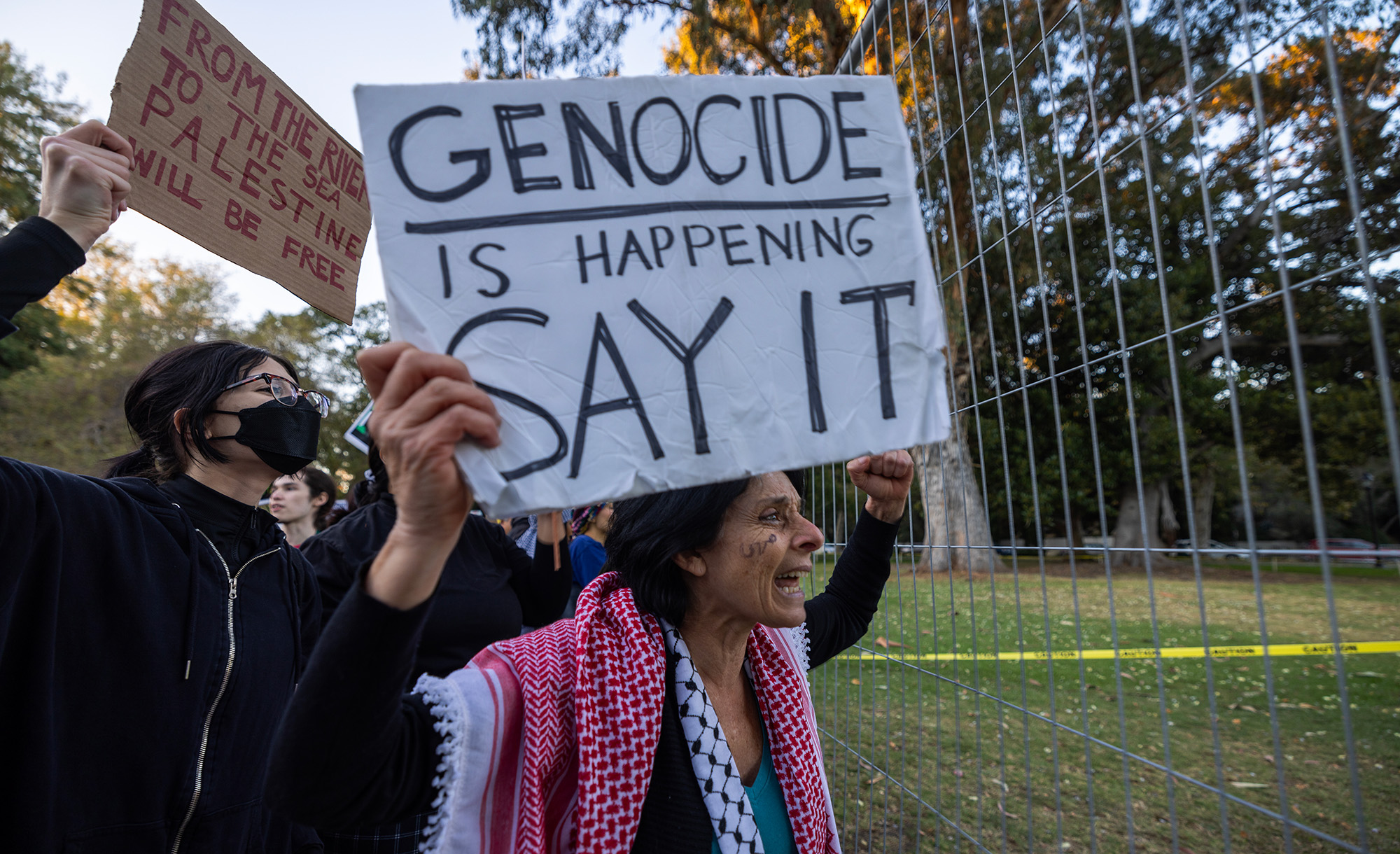Jews first settled in the city of Toledo no earlier than the 7th century CE, and in the Middle Ages it became one of Spain’s great centers of Jewish life and the home of such influential rabbis as Asher ben Yeḥiel. In the 14th century, a local grandee named Samuel ben Meir ha-Levi Abulafia—who at the time was the treasurer of the Castilian king Pedro the Cruel—built a new synagogue in the city. Mia Amram describes the remarkable history of this structure, which still stands today:
One of the many things that made this synagogue interesting was the fact that in the 14th century, Spain had actually decreed a ban on all construction of Jewish educational institutes and synagogues. However, Samuel’s close relationship with King Pedro (cruel or otherwise), meant that he was able to find some legal loopholes, and more importantly, get away with them. . . . Samuel [also] quite deliberately disobeyed the regulations requiring synagogues to be plainly decorated, smaller, and lower than churches, and once again King Pedro looked the other way.
The rectangular prayer hall has a twelve-meter-high ceiling and is decorated lavishly in a mix of styles. Hebrew inscriptions can be seen even till this day which extol both King Pedro and Samuel ha-Levi. Arabic inscriptions and Psalm passages are also apparent on the walls, next to the ha-Levi coat of arms and lots of magnificent windows.
During services, a second-floor gallery was set aside for the women. . . . Contrary to the highly decorated interior, the façade of the synagogue was constructed of brick and stone, and was relatively unadorned, in order to draw less attention to the illegal structure, despite the fact that its towering roof raised the whole synagogue somewhat above all the nearby structures.
[After the expulsion of the Jews from Spain in 1492], the synagogue was turned into a church. As if they had not inflicted enough harm already, King Ferdinand and Queen Isabella donated the building to the Order of Calatrava who turned the structure into a church housing a Benedictine priory. The name “El Transito,” which honors the Virgin Mary’s Assumption, was given to the building during its stretch as a church, but ironically the synagogue has still kept this name until today, which is why it is known as the “Synagogue El Transito.”
More about: Anti-Semitism, Medieval Spain, Synagogues


